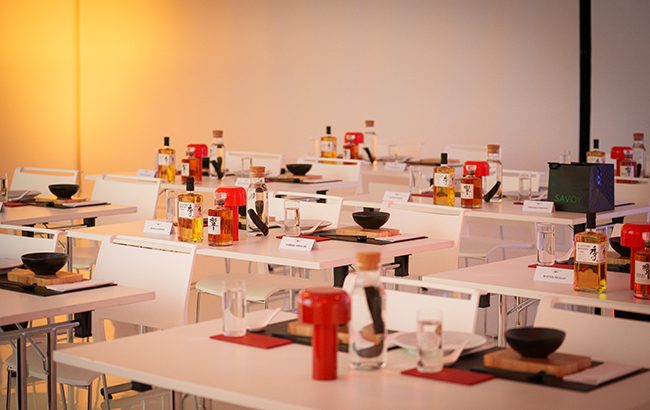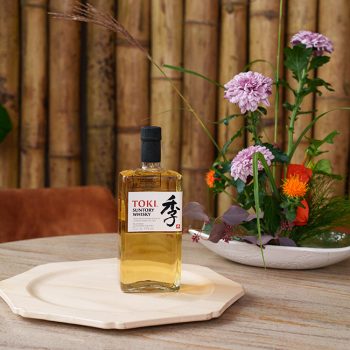House of Suntory spotlights the craft of blending
In celebration of its centenary year, The House of Suntory kicked off the fourth edition of its Dojo programme in July.

The programme has this year been extended to two major cities – Manchester and Edinburgh – as well as London, engaging 100 bartenders in the art of Japanese bartending, learning directly from Japanese craft masters and hospitality industry leaders.

The House of Suntory’s UK brand ambassador, Raffaele Di Monaco, who led the programme, explained that Dojo is a platform that both educates the hospitality community on the brand’s portfolio and celebrates Japanese craftsmanship.
This year, Dojo participants took part in two ‘Monozukuri Masterclasses’, which were based on the traditional Japanese principles of craftsmanship that are core pillars of The House of Suntory.
The Dojo programme’s mission is to elevate and strengthen the careers of the hospitality community via an immersive experience that pairs the pioneering portfolio of The House of Suntory’s spirits – Roku gin, Haku vodka and Toki and Hibiki whiskies – with a Japanese art or craft.
One masterclass held as part of the programme was ‘Dashi & Blending’, which explored how the art of blending flavours and aromas links to the art of blending whisky with a tasting of The House of Suntory’s Toki whisky.
“Dashi is the base of most Japanese dishes,” Di Monaco explained. “A key ingredient for dashi is water, which is something that links well with our whiskies. We always talk about the importance of purity of water in Yamazaki and the soft water of Hakushu.”
As well as water, dashi is typically made with kombu, a Japanese seaweed that gives the umami base. An additional ingredient, such as katsuobushi (bonito flakes), dry sardines or shiitake mushrooms, can also be added.
“You can create different types of dashi that can be used on their own for their miso soup, for example, or ramen, but they could also be blended,” he explained.
Dashi master Eico Kano, from catering company MoguMogu, took the bartenders through the dashi-making process, allowing them to create their own versions (which they later ate for lunch) and explore the art of balancing flavours.

Prior to the workshop, Di Monaco led a tasting of the key components of The House of Suntory’s Toki blended whisky, allowing the bartenders to better understand its distinct flavour profile.
These include: a type of Chita whisky, which is less distilled and has a heavier style than the single grain that the brand has on the market; Hakushu, which has been aged for seven years and imparts green apple, pear and citrusy notes; and Yamazaki sherry cask. The Yamazaki isn’t part of the core profile of Toki, but instead adds complexity as a seasoning element. “We like to describe it as like a drizzle of balsamic vinegar on your salad,” explained Di Monaco.
“Toki is fairly new – it launched in 2016,” he continued. “Blended whiskies have been made for centuries. It’s an old way of making whisky; nowadays what’s popular is a single malt. But we’re very proud of our blends.”
“Toki was created specifically to link that old meets new – traditions and innovations.”
The workshop also gave bartenders the opportunity to apply their knowledge to cocktails through the Kaizen Challenge, inspired by the Japanese concept of continual improvement. Each bartender was assigned a classic cocktail to elevate using Haku Vodka, Roku Gin, Toki and Hibiki whisky, for the chance to win a place at the Dojo finale, which takes place in November.
For more on the House of Suntory Dojo programme, see suntorydojo.com.
Please drink the House of Suntory products responsibly.
Related news
Top 10 spirits for gifting this summer
